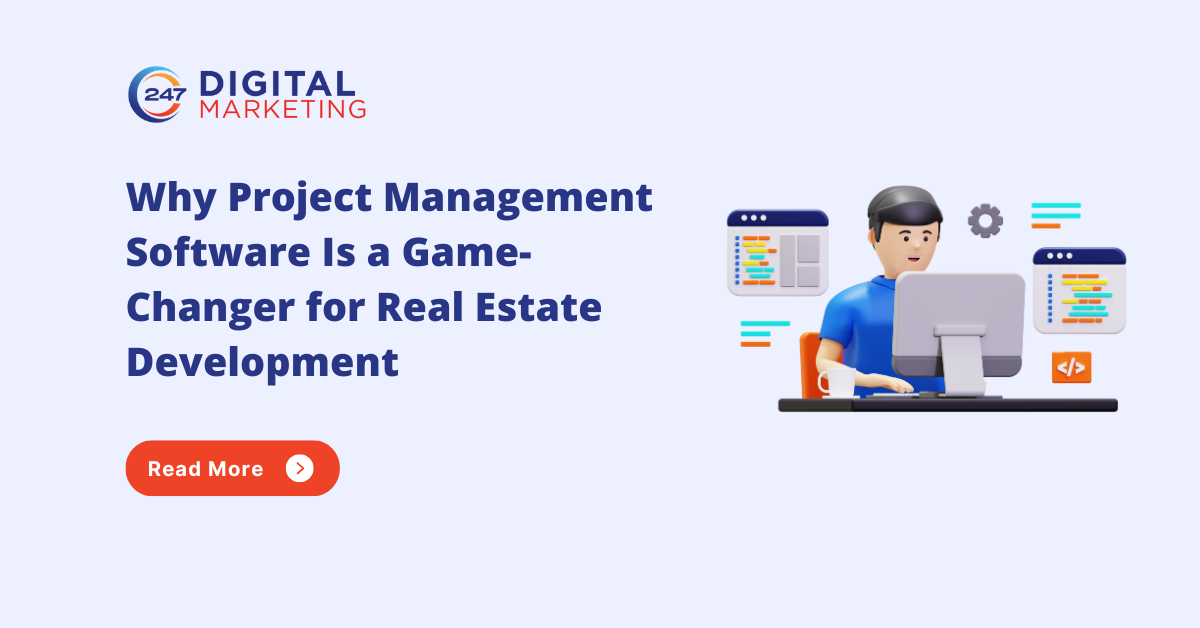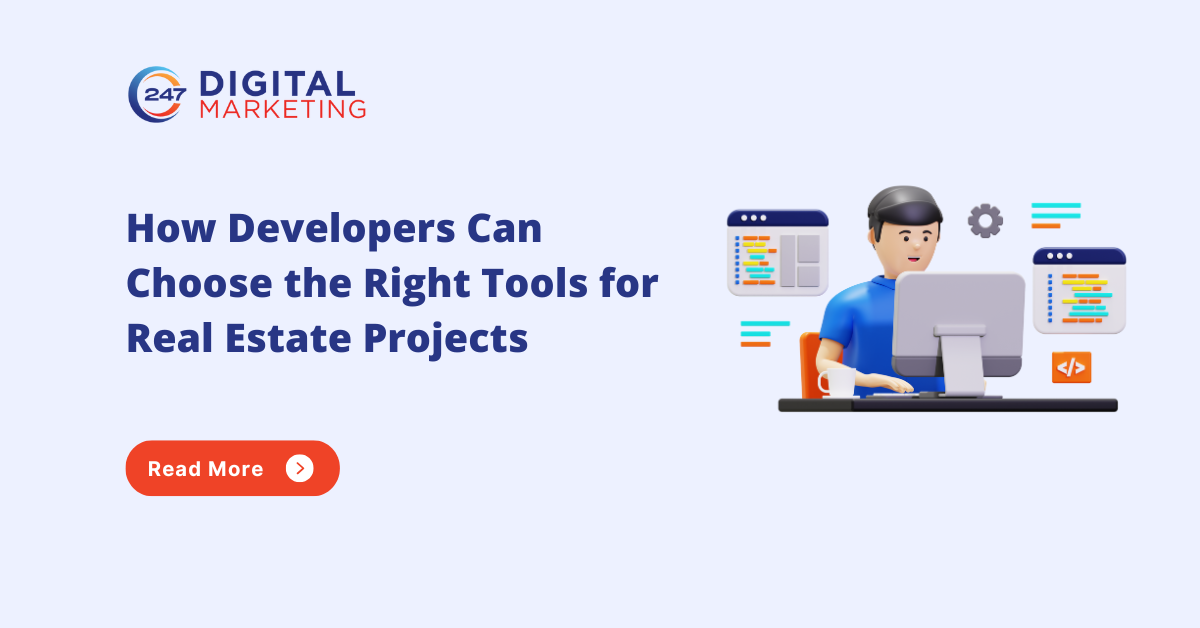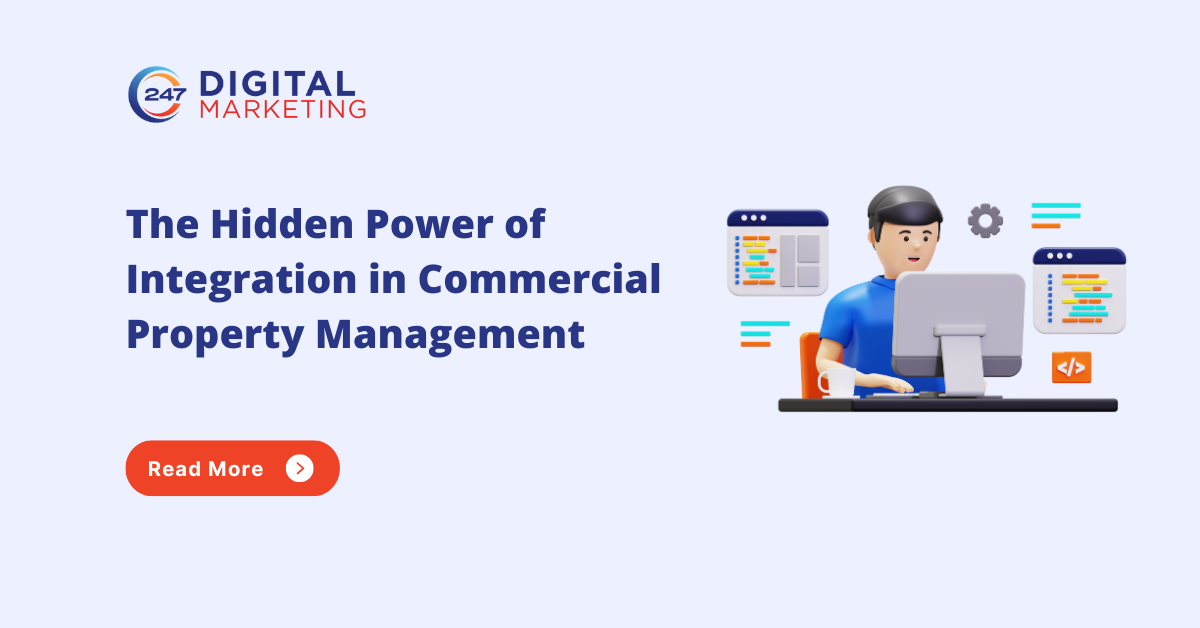
If you practice criminal defense in a major metro, you know the SERP is a street fight. Between aggregator sites, directories, rivals with billboard budgets, and Google’s ever-changing features, page one can feel out of reach. This case study breaks down the exact playbook we used to push an anonymized criminal defense firm from invisibility to consistent first-page visibility and, more importantly, qualified intake without gimmicks.
Who this is for: partners, in-house marketers, and legal ops leaders who need a practical, modern SEO plan that works in 2025’s search landscape.
The Starting Line: Where We Began
The firm (a 7-attorney shop) had:
- A dated site with thin practice pages
- Generic blog content, no bylines, no case results
- A sparse Google Business Profile (GBP)
- No Local Services Ads (LSAs) and scattered reviews
- Slow intake response times
Goals (6 months): increase qualified calls/forms, rank in the local pack for high-intent terms (“DUI lawyer near me,” “domestic violence attorney [city]”), and harden the site against Google’s recent algorithm shifts.
What Changed in Search (and Why It Matters to Law Firms)
Before tactics, context. The last year materially changed search:
- AI Overviews arrived. Google rolled out AI Overviews (formerly SGE), placing AI summaries above traditional listings for many queries. It’s expanding internationally and continues to evolve. For publishers, the tactic is to be cited within those summaries by producing trustworthy, sourceable content and structured data.
- March 2024 Core Update. Google folded the Helpful Content system into core rankings and launched stricter spam policies, aiming to reduce unhelpful/low-quality content in results by ~40%. Translation for lawyers: thin, generic pages get suppressed; authoritative, people-first pages win.
- GBP messaging & call history sunset. As of July 31, 2024, Google removed chat and call history from Business Profiles. Firms must lean on alternative contact methods and track performance elsewhere.
- Local Services Ads verification tightened. In 2024 Google increased lawyer identity checks in some states to curb impersonation and spam. If you paused LSA due to verification headaches, it’s time to re-engage (with your licenses and IDs ready).
These updates shaped our strategy.
Strategy 1: Technical Bedrock for a YMYL Site
Legal content sits under YMYL topics that can affect people’s lives and finances which Google holds to a higher bar. We rehabbed the site with a “people-first” checklist:
- E-E-A-T everywhere. Added attorney bylines, detailed bios, bar numbers, jurisdiction pages, and “medically accurate”-style legal review notes on sensitive posts. We showcased first-hand case experience on practice pages and FAQs.
- Architecture & speed. Restructured into clear hubs (DUI, drug crimes, violent crimes, expungement), each with targeted subpages, local intent signals, and fast loads/Core Web Vitals.
- Compliance & clarity. Prominent disclaimers, no legal guarantees, plain-English explanations of penalties and process.
Result: deeper trust signals for both users and raters exactly what Google’s guidance expects from high-stakes topics.
Strategy 2: Local Visibility GBP + Reviews + LSA Working Together
Google Business Profile (GBP)
- Completed categories (primary: Criminal Defense Lawyer), services, service areas, hours (including after-hours intake), and added an Appointment URL to a frictionless consult form. Appointment links can drive a meaningful share of listing clicks with high intent easy win.
- Since GBP chat/call history are gone, we emphasized click-to-call and UTM-tagged “Website”/“Appointment” links for analytics visibility, and trained staff to log source in the CRM.
Reviews & Responses
- Launched a review program post-case close (no incentives; strictly within platform rules). We trained attorneys to respond empathetically and specifically. Why the effort? Eighty-eight percent of consumers say they’re more likely to choose a business that responds to all reviews and law is no exception.
Local Services Ads (LSAs)
- We verified each attorney (matching names on roster, licenses, and IDs), kept the profile consistent with GBP, and used call scripts tailored to charge type. With the new verification rigor, compliance equals uptime.
Strategy 3: Content That Gets Cited (and Converts)
We rebuilt content around what both clients and AI Overviews need:
- Practice Hubs with Depth:
- “DUI in [State]: penalties, license suspensions, field sobriety tests, first vs. second offense,” each section authored (or reviewed) by the partner who tries those cases.
- Step-by-step “what happens after an arrest” timelines, with checklists and definitions.
- Localized Authority:
- Pages explain state statutes, county procedures, bond schedules, and diversion programs the kind of granular detail AI Overviews and Featured Snippets love to cite when it’s unique and well-sourced.
- Structured Data & “Answer Blocks”:
- For common questions (“Can I refuse a breath test in [State]?”), we added 40–60-word plain-language answers near the top, plus FAQPage schema to help machines parse the content.
- Case Results & Experience Signals:
- Redacted outcomes with context (“reduced to reckless driving after suppression motion granted”), bolstering the Experience in E-E-A-T.
Strategy 4: Authority Building Without Spam
- Digital PR & citations: Targeted local media, bar association mentions, and speaking bios on community org sites quality over quantity.
- Directories that matter: We pursued reputable legal directories with proper NAP consistency, not link farms.
- Content collaboration: Co-authored a “Know Your Rights” piece with a local nonprofit; great for brand searches and trust.
All of this aligns with the March 2024 emphasis on helpfulness and anti-spam measures; we avoided doorway pages, “city-page” spam, and boilerplate AI text.
Strategy 5: Conversion Architecture That Respects Intake Reality
Traffic without fast follow-up is wasted. Clio’s 2024 Legal Trends Report found many firms still drop the ball at intake only a minority respond promptly to new inquiries and highlights the rapid uptick in AI adoption for efficiency. We used this as a mandate to tighten response SLAs and deploy simple automation.
- Forms that route: Short, mobile-first forms route by alleged charge; instant SMS/email confirmations set expectations.
- Above-the-fold CTAs & phone: Sticky call button, direct scheduling, and Spanish-language options.
- Visual trust: Attorney headshots near CTAs, badges (bar memberships, awards), and clear disclaimers.
Pro tip: You don’t need the Best Law Firm SEO Company to deploy intake fundamentals measure response times, use templates, and set after-hours coverage. (One mention as requested.)
Strategy 6: Preparing for AI Overviews (AIO) Without Losing the Basics
AIO isn’t the end of SEO; it’s a new layer. Our guardrails:
- Be the source worth citing. Unique local process details, statutory references, and plainly written answers increase your odds of appearing as a cited link within AIO.
- Stick to helpful content. The March 2024 update punished look-alike pages and keyword-stuffed fluff; we pruned thin content and consolidated duplicative topics.
- Track what you can. Watch changes in impressions/clicks on query classes likely to trigger AIO and adapt content depth accordingly. Industry analyses show AIO prevalence varies by niche and query type; volatility is normal.
Strategy 7: Thoughtful Social Amplification
We didn’t “do social” just to do it. We picked the right social media platforms for lawyers to repurpose high-value explainer clips (know-your-rights, court day tips), driving branded search and referral traffic back to our hubs. (One mention as requested.)
Strategy 8: Design That Sells the Meeting (Not the Myth)
A quick note on Website Design For Lawyers: clean navigation, readable typography, ADA-aware color contrast, and unmistakable CTAs consistently beat flashy animations. In our case, simplifying the header and surfacing localized FAQs lifted form conversions noticeably. (One mention as requested.)
The Results (6 Months)
While every market is different, here’s what we saw after six months of disciplined execution:
- Local Pack: Consistent 3-pack presence for “DUI lawyer [city]” and “criminal defense attorney [city]” within primary service area; expanded into adjacent neighborhoods by month 5.
- Organic Leads: +64% qualified calls and forms (YoY comparable period), with the DUI and domestic violence hubs accounting for most growth.
- LSA Contribution: 28% of signed matters traceable to LSAs at a competitive cost-per-lead, with recordings improving intake coaching.
- Review Velocity: From 37 to 124 Google reviews, average 4.8★; response rate: 100%. The shift in social proof likely lifted local pack CTRs consistent with consumer behavior research on review responses.
Key Takeaways You Can Steal Today
- Build for YMYL standards. Put E-E-A-T on display bylines, bios, reviewed-by notes, and real case experience.
- Win local with fundamentals. Fully complete GBP, add an Appointment URL, and respond to every review.
- Re-embrace LSAs properly verified. Tighten identity/license documentation to avoid pauses; structure call scripts by charge.
- Write to be cited. Local statutes, process nuance, and concise answer blocks (plus FAQ schema) improve your chances with AI Overviews and Featured Snippets.
- Fix intake speed. Clio’s latest insights show firms still leak leads due to slow responses; set SLAs and automate confirmations.
- Prune the fluff. The March 2024 update punished thin content. Consolidate overlapping pages; invest in depth.
A Final Word on “What’s Working Now”
Digital marketing for law firms is shifting fast. AI Overviews changed the real estate at the top of the SERP. Google’s 2024 updates prioritized genuinely helpful, experience-backed content and cracked down on spam. GBP features kept evolving (goodbye chat/call history), and LSA verification got stricter to protect consumers. The firms that win are leaning into these changes instead of fighting them publishing locally authoritative content, tightening intake, and building trust signals across every touchpoint.
Mitesh Patel is the co-founder of 247 Digital Marketing, LawFirm Marketing and a columnist. He helps companies like Emerson and other top Fortune 500 compnies to grow their revenue.




